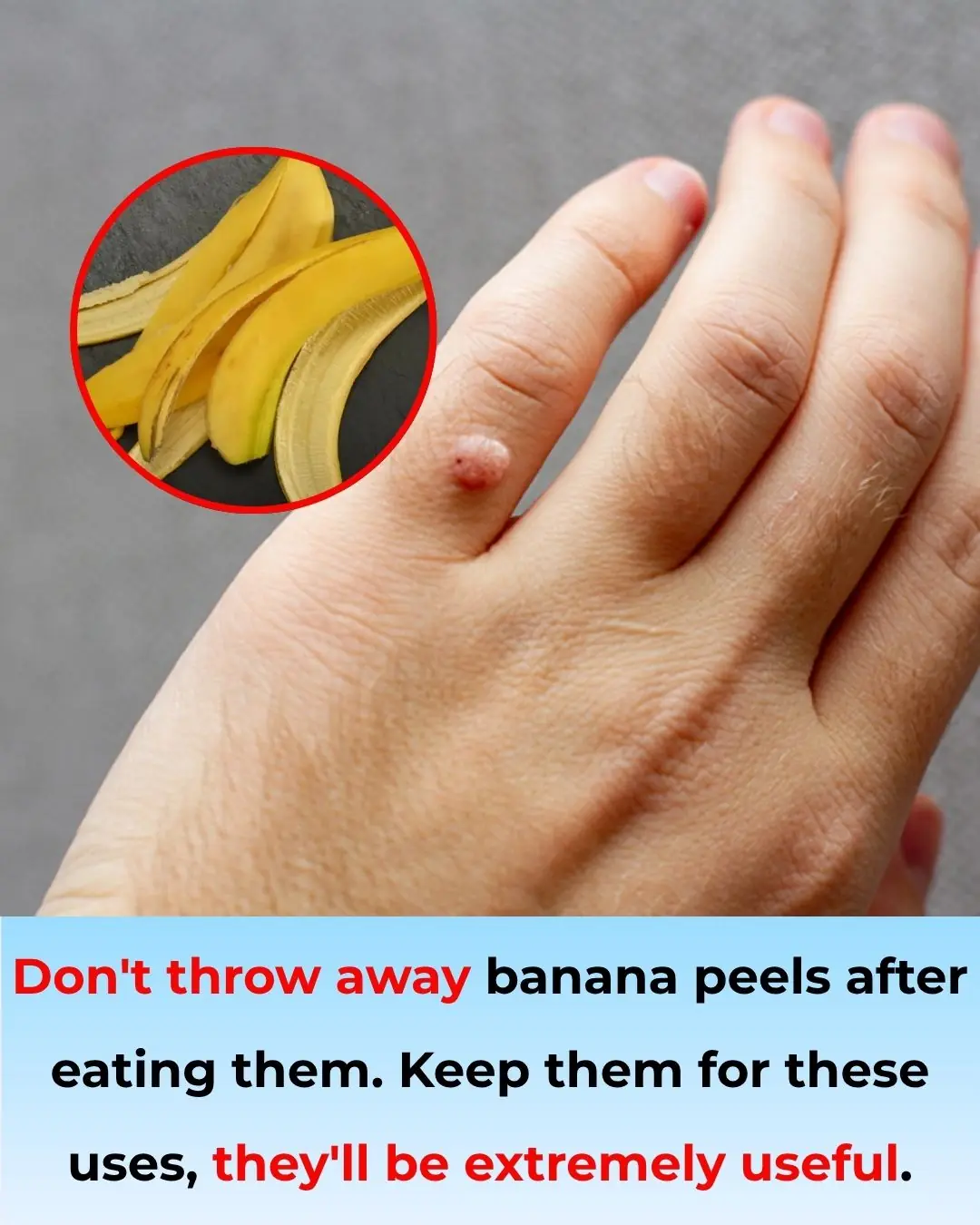
I had no idea about this
In recent years, growing concern has emerged over the presence of petroleum-derived chemicals in everyday food products — particularly in snacks marketed to children. These compounds, commonly used as preservatives, colorants, and flavor enhancers, are synthesized from petroleum, a non-renewable resource better known as the foundation of fuels and plastics than food ingredients.
While such additives can improve shelf life, texture, and visual appeal, their potential impact on human health has prompted increasing scrutiny from nutritionists, parents, and public health experts. Understanding what these chemicals are, why they are used, and how they affect the body is a vital first step toward making healthier, more informed dietary decisions for children.
Understanding the Prevalence of Processed Snacks in Children’s Diets
Modern family lifestyles — characterized by busy schedules, long work hours, and heavy marketing toward kids — have made processed snacks a near-daily staple. Bright packaging, sweet and salty flavors, and convenient packaging all appeal to children, while parents often reach for these options because they’re affordable and time-saving.
However, convenience often comes at the cost of nutritional value. Many popular snack foods are high in sugar, salt, and unhealthy fats but low in essential nutrients like fiber, vitamins, and minerals. Even more concerning, many are laden with synthetic additives that serve industrial rather than nutritional purposes.
The Role of Artificial Additives in Snack Foods
Artificial additives are widely used in the snack food industry to enhance flavor, color, and texture — and to extend shelf life. Common categories include:
-
Colorants (e.g., Red 40, Yellow 5, Blue 1) for visual appeal.
-
Flavor enhancers (such as MSG or artificial fruit flavorings).
-
Preservatives (like BHA, BHT, or TBHQ) to prevent spoilage.
Many of these are derived from petroleum-based compounds, originally developed for industrial applications before being adapted for food use. They are found not just in candies and chips but also in cereals, beverages, and baked goods.
While regulatory agencies set limits on additive concentrations, long-term cumulative exposure — especially in children with smaller bodies and developing systems — remains a growing concern among researchers.
Health Concerns Linked to Petroleum-Based Chemicals
Scientific studies and consumer advocacy groups have raised questions about the potential health risks of consuming these chemicals over time. Research suggests links between certain artificial dyes and hyperactivity, attention deficits, and behavioral changes in children. Other additives, such as BHA and BHT, have been associated with endocrine disruption, allergic reactions, and even cancer in animal studies.
Although more research is needed to establish definitive causal relationships, the existing evidence has led several countries — including members of the European Union — to restrict or ban certain petroleum-derived additives in food.
Common Snacks Containing Petroleum-Based Additives
Below are examples of everyday snacks that may contain petroleum-derived ingredients and why they pose potential risks.
1. Colorful Candies and Their Hidden Ingredients
Brightly colored candies are a childhood favorite, but many rely on synthetic dyes like Red 40, Yellow 5, and Yellow 6, all derived from petroleum. These dyes are linked to hyperactivity and mood changes in sensitive children. While their bright hues make candies visually appealing, they contribute little nutritional value and are typically paired with high sugar levels and artificial flavorings.
Opting for candies colored with natural alternatives — such as beet juice, turmeric, or spirulina — can provide a safer option without sacrificing visual appeal.
2. Flavored Chips and Their Chemical Composition
Flavored potato or corn chips often contain artificial flavor enhancers and preservatives such as MSG or TBHQ (tertiary butylhydroquinone), a petroleum derivative used to prevent rancidity. While these compounds help maintain freshness and boost taste, they may trigger digestive discomfort, headaches, or allergic reactions in some individuals.
Replacing these snacks with homemade baked chips or air-popped alternatives seasoned with herbs can reduce chemical exposure while still satisfying cravings.
3. Sugary Cereals and Artificial Dyes
Many cereals marketed toward children feature vibrant colors made possible by petroleum-based dyes like Blue 1 and Green 3. These additives, combined with high sugar content, can create a double burden on children’s health — contributing to hyperactivity, poor focus, and increased risk of obesity and insulin resistance.
Parents can instead look for whole-grain cereals free from artificial colors, or mix plain oats with dried fruit for natural sweetness and color.
4. Packaged Cookies and Preservatives
Packaged cookies often rely on preservatives such as BHA and BHT to extend shelf life. These chemicals, derived from petroleum, have been identified as potential carcinogens in some studies. Although allowed in limited quantities, regular consumption may increase cumulative exposure.
Healthier alternatives include freshly baked cookies made with whole-grain flour, oats, and natural sweeteners like honey or fruit puree.
5. Fruit-Flavored Snacks and Synthetic Additives
Despite being marketed as a “healthy” option, many fruit-flavored snacks contain artificial flavors and colors that mimic real fruit but offer no actual nutrients. These petroleum-based additives give the illusion of fruitiness while providing empty calories.
A smarter choice is to serve dehydrated fruit slices or fruit leathers made without added colors or preservatives.
6. Instant Noodles and Their Flavor Enhancers
Instant noodles are a go-to snack for busy families but are often packed with flavor enhancers like MSG and disodium inosinate, along with artificial preservatives. These additives can cause headaches, bloating, and allergic responses in sensitive individuals.
Moreover, the high sodium content can strain the cardiovascular system over time. Opting for whole-grain noodles with homemade broth is a far more nourishing alternative.
7. Chewing Gum and Its Chemical Sweeteners
Chewing gum often includes artificial sweeteners such as aspartame and acesulfame K — both derived from petroleum-based sources. While low in calories, these compounds have been associated with headaches, dizziness, and metabolic disturbances when consumed frequently.
Parents can look for natural gums sweetened with xylitol or stevia as a safer choice.
8. Processed Cheese Snacks and Emulsifiers
Processed cheese products depend on emulsifiers and stabilizers to maintain their smooth, uniform texture. Some of these are petroleum-derived and may contribute to digestive issues or cholesterol imbalances when consumed excessively.
Switching to natural cheese varieties like mozzarella or cheddar provides calcium and protein without unnecessary additives.
9. Soft Drinks and Artificial Colorants
Soft drinks frequently contain caramel coloring and other artificial dyes derived from petroleum. Research has linked some forms of caramel coloring to cancer risk and behavioral issues in children. Additionally, their high sugar content promotes obesity and dental decay.
Encouraging children to drink flavored water, homemade lemonade, or diluted fruit juice can significantly reduce their exposure to these chemicals.
10. Microwave Popcorn and Its Additives
Microwave popcorn’s buttery aroma often comes from diacetyl, an artificial flavoring that has been linked to respiratory issues in factory workers and potential lung irritation in consumers. The packaging may also contain perfluorinated compounds (PFCs), which are petroleum-based and potentially toxic.
A healthier option is air-popped popcorn drizzled with olive oil and sprinkled with natural seasonings like paprika or nutritional yeast.
11. Snack Cakes and Chemical Stabilizers
Popular snack cakes are filled with chemical stabilizers and emulsifiers designed to keep them soft for weeks. These additives can disrupt metabolism and hormone balance and often accompany high sugar and trans-fat levels.
Homemade versions made from simple ingredients can be just as delicious — and far better for growing bodies.
12. Energy Bars and Their Synthetic Ingredients
Although marketed as healthy, many commercial energy bars include synthetic preservatives and artificial flavorings to extend shelf life. Over time, these additives can contribute to gut imbalance, fatigue, and inflammation.
Choosing bars made with whole ingredients like nuts, seeds, oats, and dates provides genuine energy and nutrition without chemical additives.
Scientific Studies and Growing Awareness
A growing body of research links petroleum-based food additives to a range of adverse health effects, including behavioral changes, allergic reactions, and metabolic disturbances. Organizations such as the Center for Science in the Public Interest (CSPI) have urged regulators to tighten safety standards, particularly for products aimed at children.
Some countries now require warning labels on foods containing artificial dyes, reflecting increasing awareness of their potential risks.
Conclusion: Making Healthier Snack Choices for Kids
As awareness grows about the hidden risks of petroleum-derived additives, parents and caregivers have an opportunity to make meaningful changes in children’s diets. Reading ingredient labels carefully, limiting processed snacks, and choosing whole, unprocessed alternatives can drastically reduce exposure to harmful chemicals.
Simple swaps — such as fresh fruit instead of fruit snacks, homemade popcorn instead of microwave bags, or whole-grain cereals over dyed varieties — can make a lasting difference.
Ultimately, empowering families with knowledge and encouraging children to develop a natural palate for real, wholesome foods is the best way to nurture lifelong health and well-being.
News in the same category


Wooden Cutting Board Mold and Odor? Soak It in This “Solution” and It Will Be Spotless

Clogged Toilet? Try This Simple Trick and It’ll Flush Smoothly in Just 5 Minutes — No Plumber Needed

Air Conditioner Blows Air but Doesn’t Cool? Try This Simple Fix Before Calling a Technician
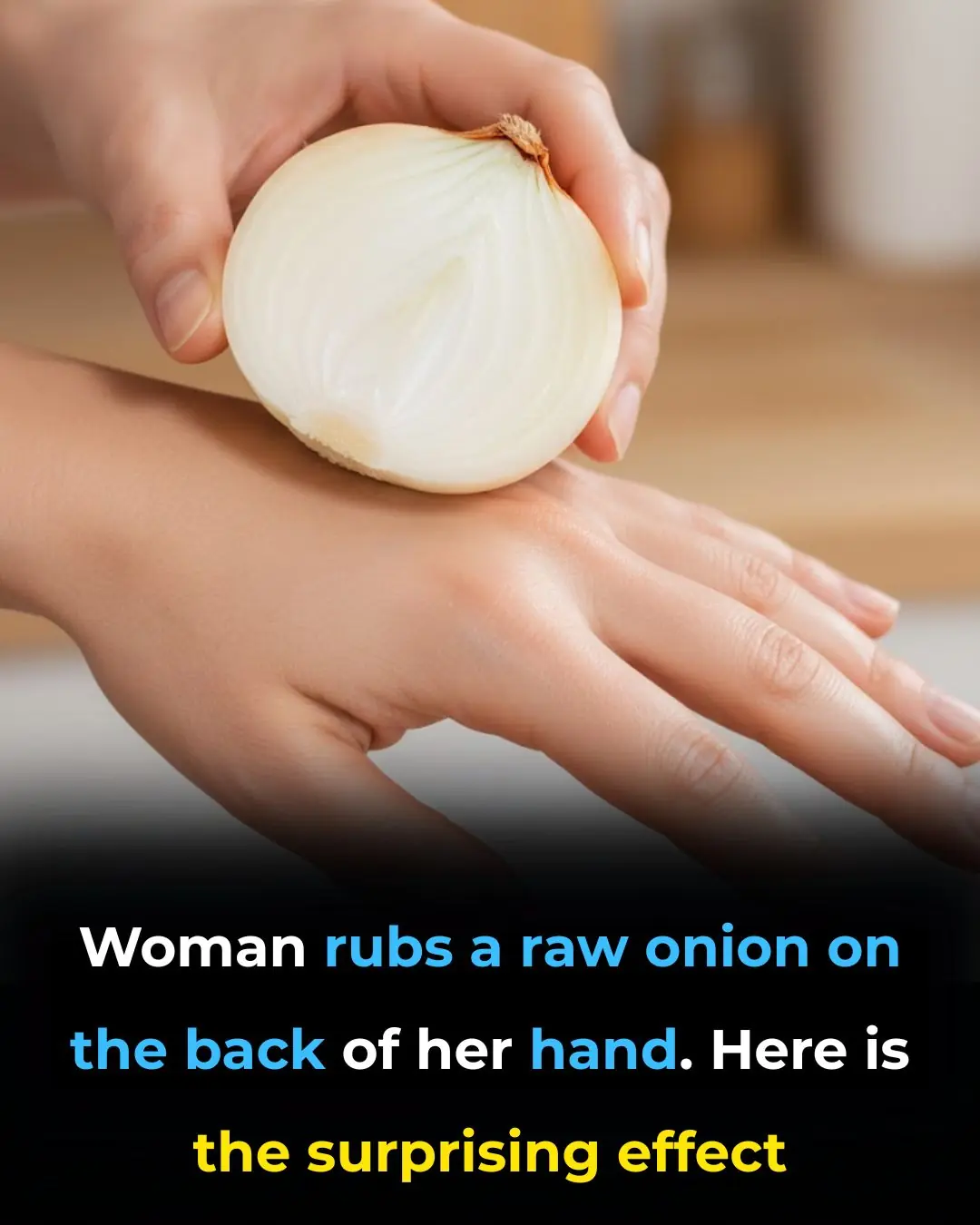
I had no clue about this

Put lemon and baking soda in a glass and place it in a room you frequent. Here’s why
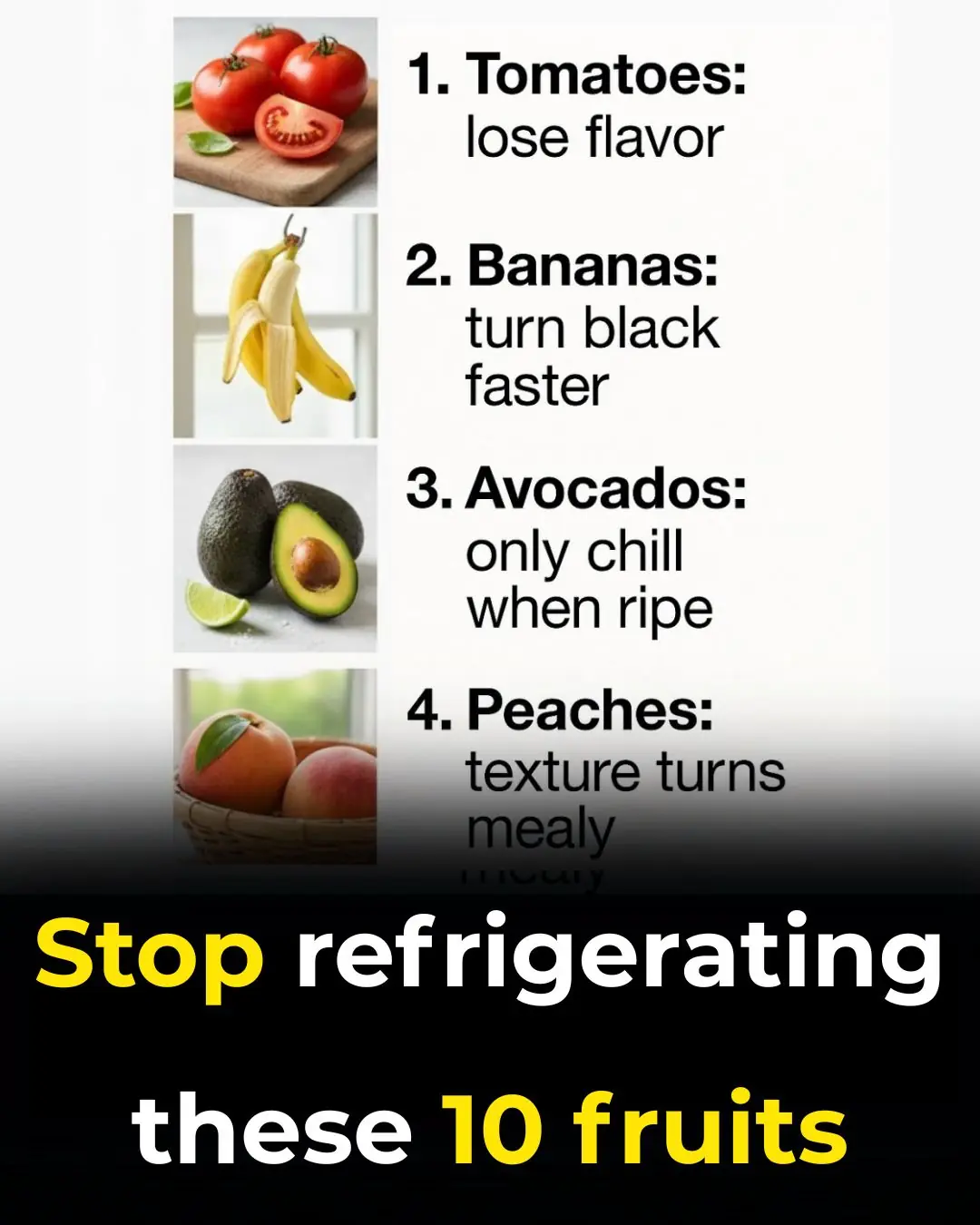
Stop refrigerating these 10 fruits

The volume buttons on your phone aren't just for sound.

The mop soaks this into the water.

How to cook sticky rice without soaking the rice overnight
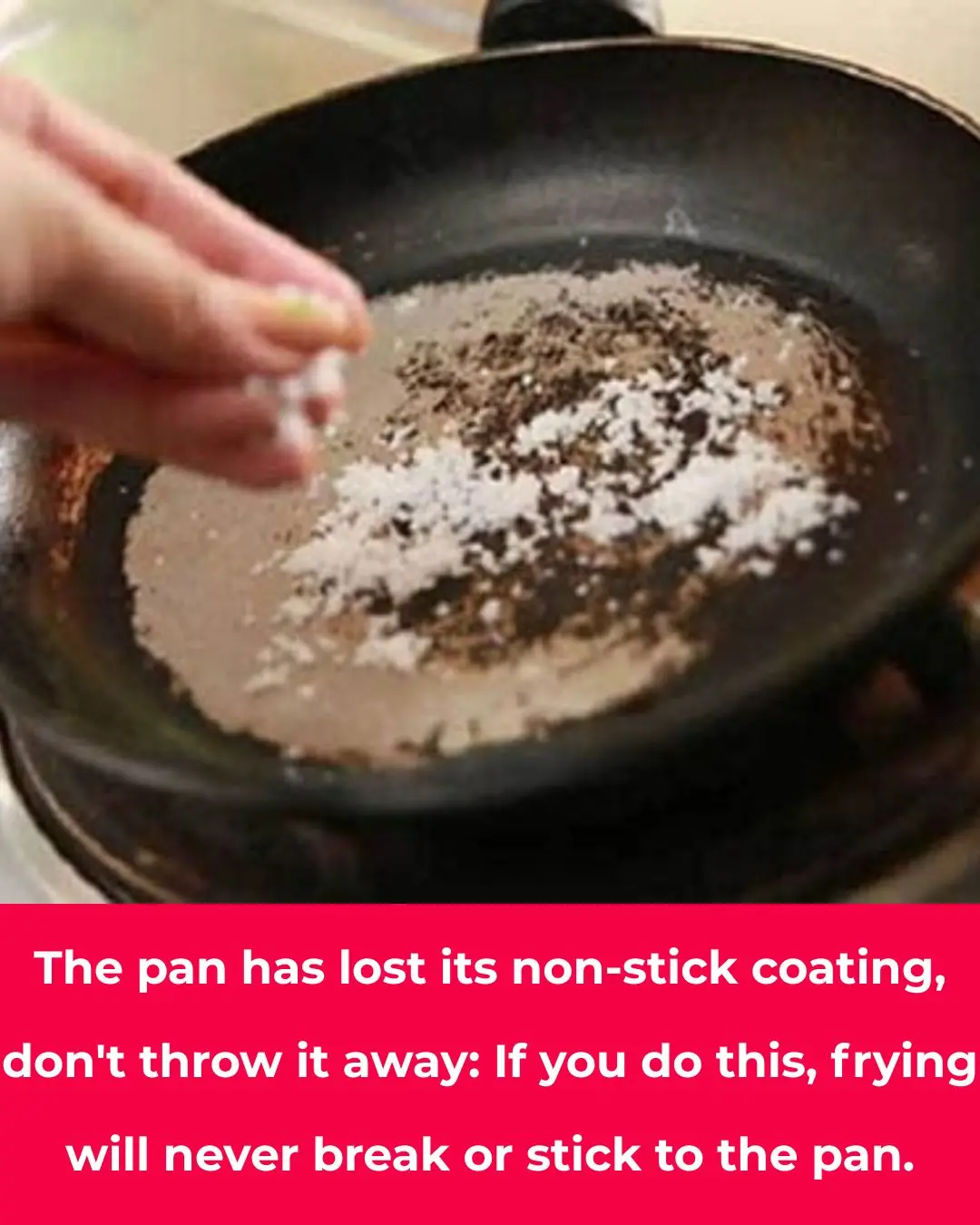
The pan has lost its non-stick coating, so don't throw it away

Boil green bananas this way

Why Flight Attendants Often Carry a Banana on Board: The Surprising Benefits
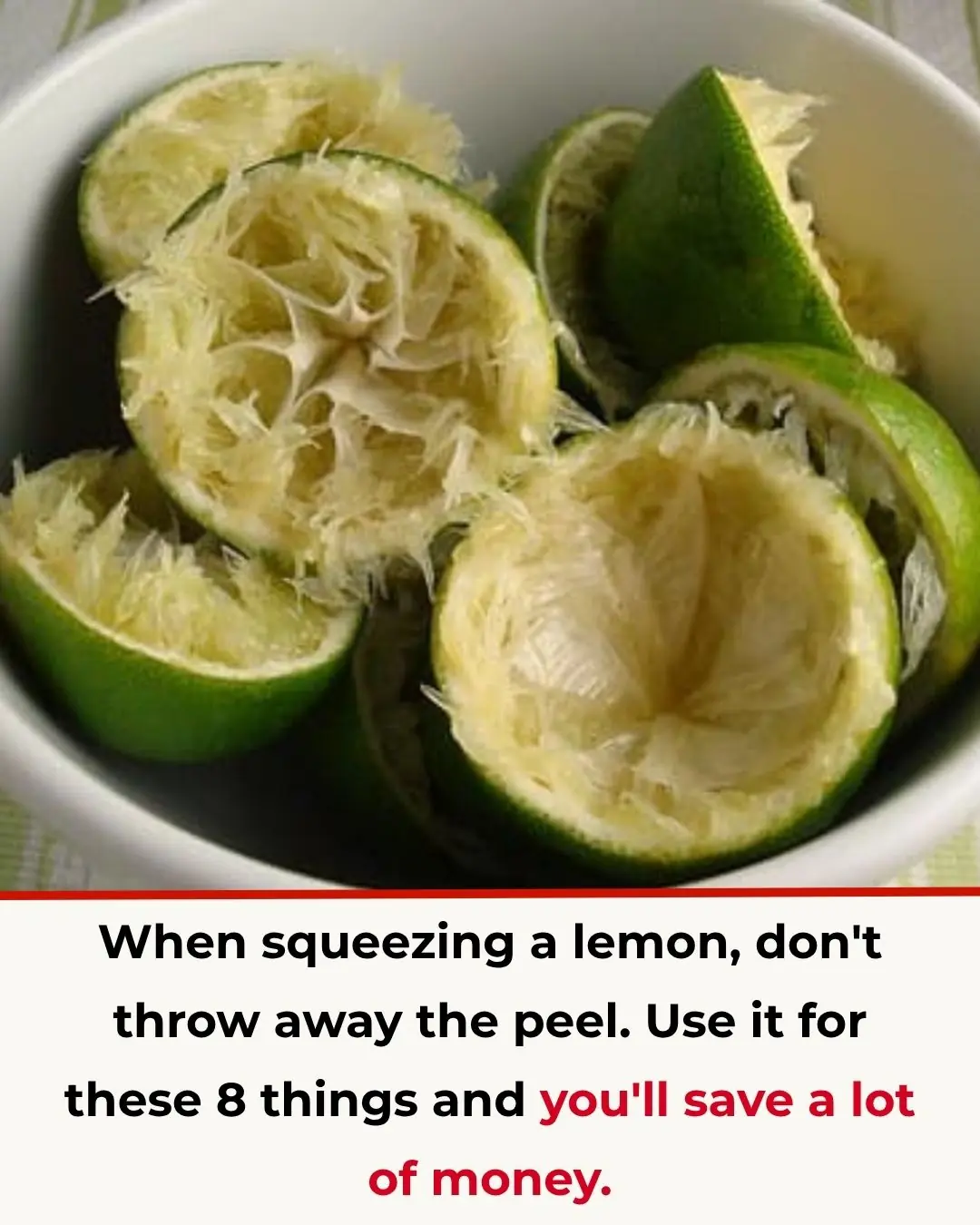
Don’t Toss Your Lemon Peels! 8 Smart Ways to Save Money and Make Life Easier

Why Sleeping in Socks Might Be the Secret to Better Sleep
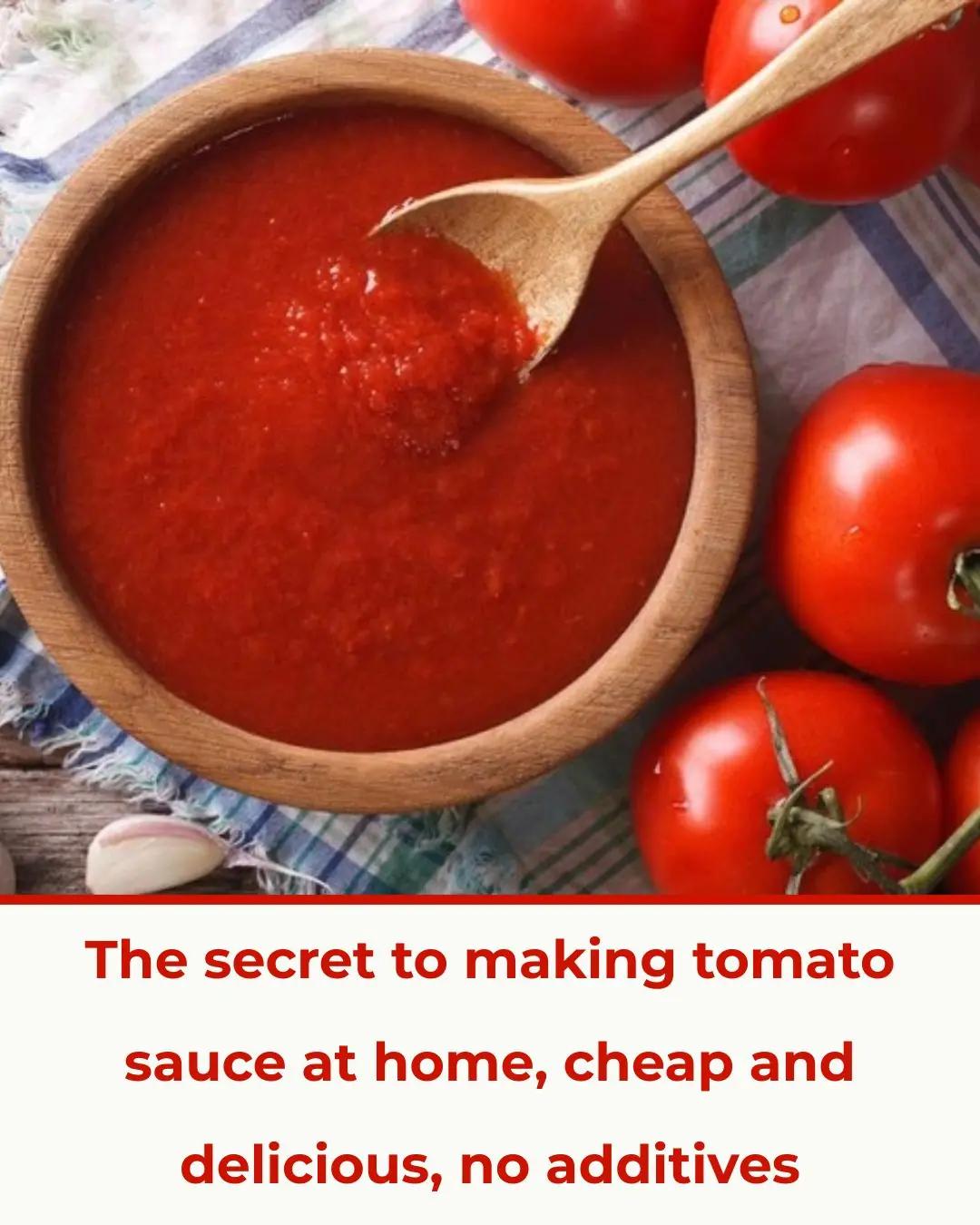
The secret to making your own tomato sauce at home

Throat Pain Leads to a Shocking Diagnosis: Man Discovers Late-Stage Stomach Cancer and Blames Two Hidden “Culprits” in His Kitchen

2 Signs of Kidney Damage: Morning Urine Showing These Signs Means You Should See a Doctor Immediately
News Post

Senna Alexandrina: 7 Benefits and uses

Ginger and Orange Detox Drink – Cleanse Kidneys, Liver, and Lungs Naturally

The Purple Maguey Plant — Benefits and Traditional Uses

Don’t Throw Away Banana Peels! Keep Them for These Surprisingly Useful Purposes

Wooden Cutting Board Mold and Odor? Soak It in This “Solution” and It Will Be Spotless
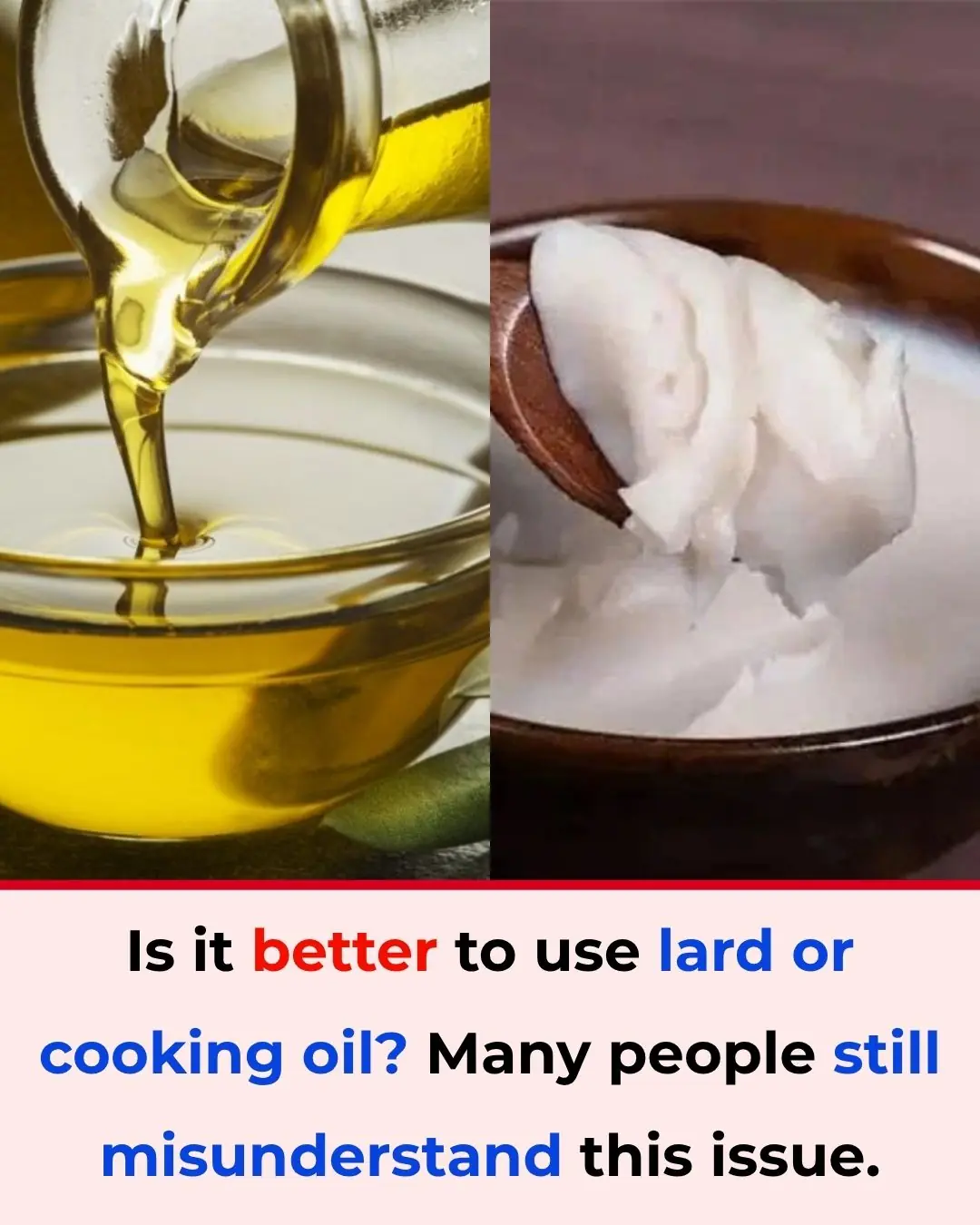
Lard or Vegetable Oil: Which Is Better? Many People Still Misunderstand This Common Cooking Question

Clogged Toilet? Try This Simple Trick and It’ll Flush Smoothly in Just 5 Minutes — No Plumber Needed

Air Conditioner Blows Air but Doesn’t Cool? Try This Simple Fix Before Calling a Technician

Majority Don’t Know What This Sign Means

I had no clue about this

Have $2 bills? Their value might surprise you!

Put lemon and baking soda in a glass and place it in a room you frequent. Here’s why

You’re Doing It All Wrong: Here’s the Right Time to Pick Tomatoes

7 Health Problems That Can Arise If You’re Lazy About Drinking Water
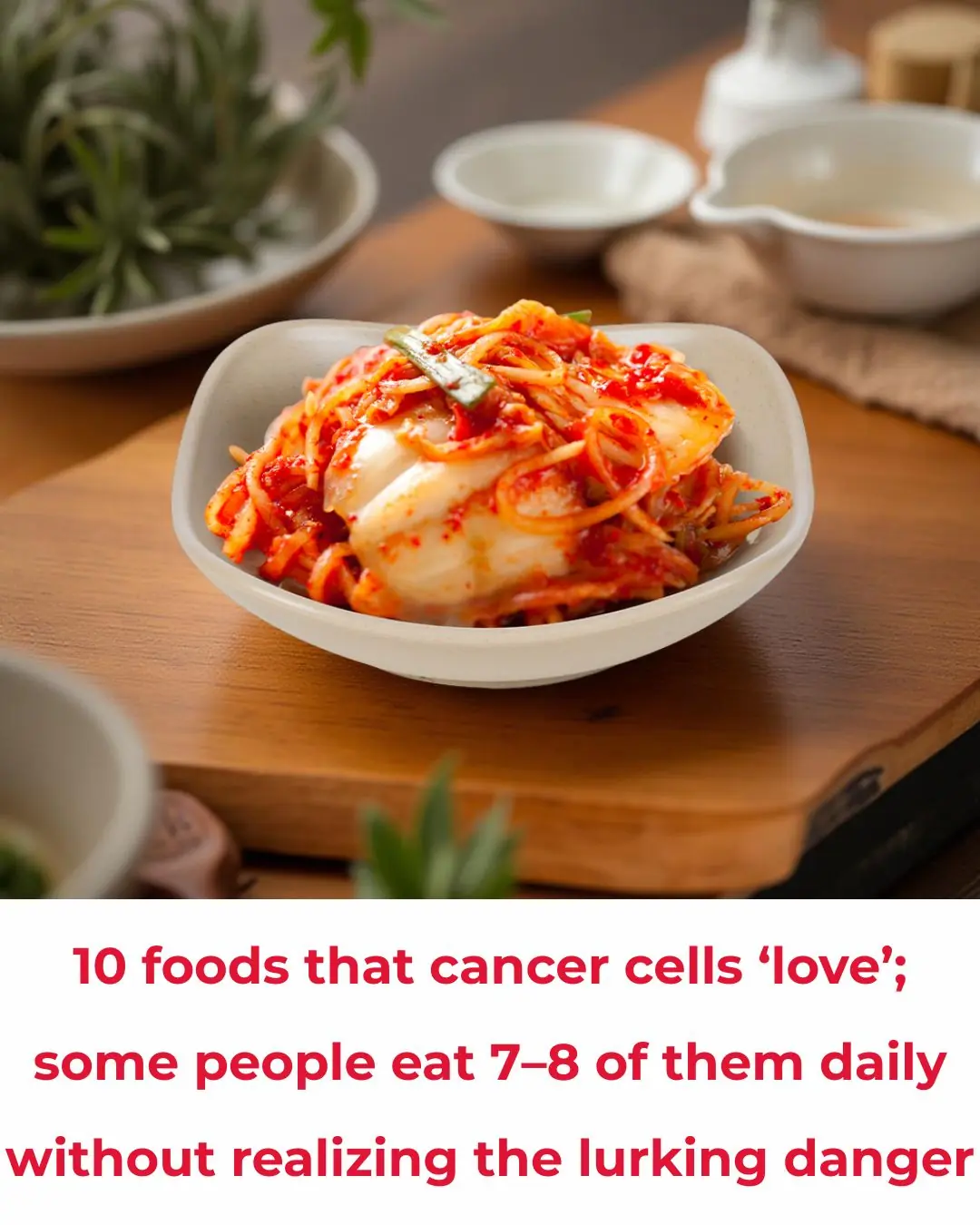
10 Foods Cancer Cells “Love” – and Why Eating Them Daily Could Be Risky

Is Eating Spicy Food Every Day Good for You? Surprising Effects of Chili on the Heart, Blood Pressure, and Longevity

If You’re a Gardener, Here’s Why You Should Collect as Many Pine Cones as You Can

You’re Doing It All Wrong. Here’s the Right Time to Actually Pick Tomatoes
